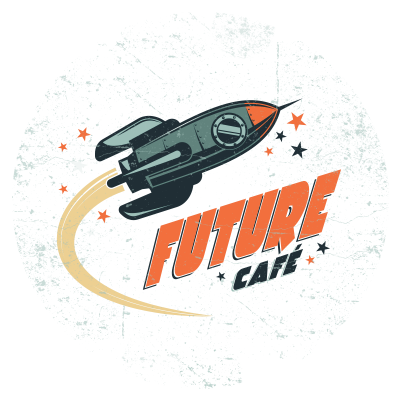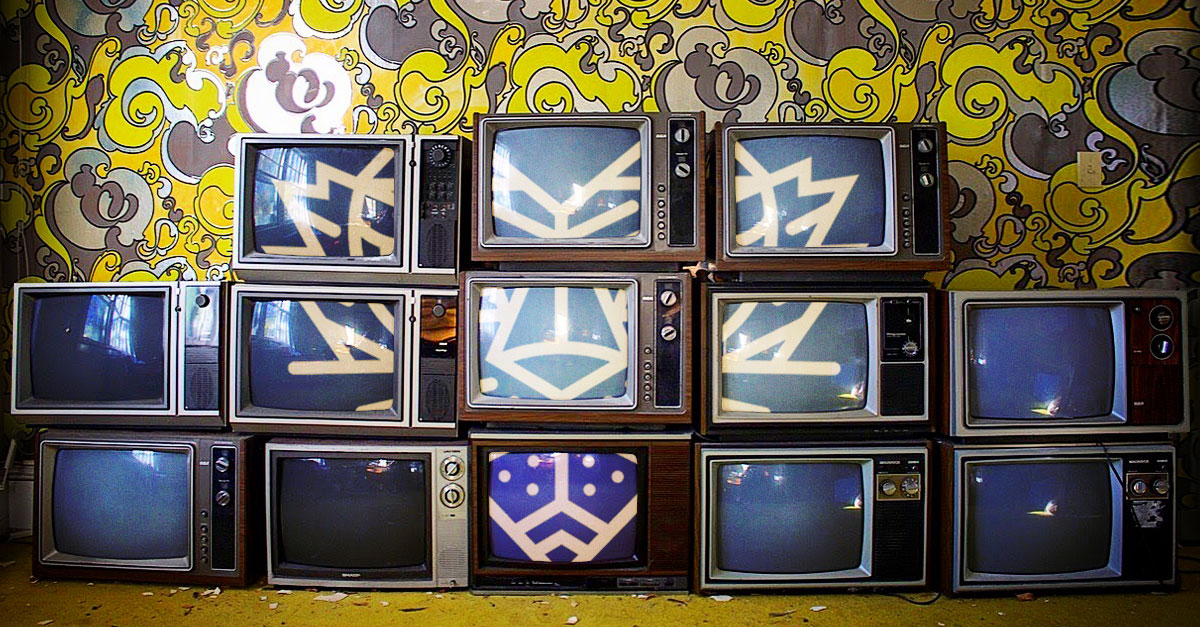

Future Products and Trends (Part I)
This 18-Year-Old Makes Innovative Prosthetics from Recycled Plastic (Fast Company)
We love seeing such a young disrupter solve a problem that was both expensive and inefficient, and it’s even more impressive when the problem is in the medical industry. This 18 year old used the 3D printer at his school to create prosthetic limbs. And he made the prostheses with recycled plastic, so he even acted in the best interest of the planet.
Google Exec: World Will Survive Artificial Intelligence’s ‘Difficult Episodes’ to Come (PJ Media)
It’s easy to be terrified of new technology and artificial intelligence, especially growing up with the Terminator and Hal 9000, but the reality is nothing like that. Google executive and futurist Ray Kurzweil, a predictor of many futuristic-now-reality technological advances, is alleviating some people’s concerns with AI waging World War III. Kurzweil sees AI’s integration with humans as an expansion of humanity’s intelligence and humor, therefore enhancing us—not destroying us.
Cancer Could Soon Be Spotted by Technology ‘Several Months’ before It Occurs (CNBC)
Although we’ve already made amazing strides in early cancer detection, Rajeev Suri, head of Nokia, anticipates that wearable technology will improve upon our ability to predict cancer. By recording information using biomarkers, we would be able to spot cancer before it even appears. He also believes new technology in ambulances will be able to record important information that can be relayed to the hospital before the patient arrives. It’s exciting to see how new tech will impact the medical field.
New Technology Reads Ancient Documents without Opening Them (VOA News)
“Those who cannot remember the past are condemned to repeat it,” George Santayana famously said about history. This article is important to us as futurists because it shows how technology and the past can work together to better prepare us for the future. Scientists in Switzerland are using X-rays in tandem with computer rendering software to read delicate, ancient documents without touching them. This will preserve the documents, as well as create a copy that can be kept in an archive and distributed to a larger audience.
Light-Filtering Paint Cools Your Home When Exposed to Hot Sun (New Scientist)
Energy and climate change’s relationship is a tricky, delicate one, so anytime we can use technology to help relieve ourselves from the hot, hot heat, our interest is piqued. SolCold, a firm based in Israel, is using paint technology that takes the sun’s light and changes the type of light reflected off of it, effectively cooling the inside of the house. It’s a two-layer application that is able to absorb the sun’s variety of light rays.
Bionic Lenses Might Be Available to the Public by Next Year (Hot Tech)
It seems like glasses may soon be relics of the past. This is permanent wearable technology for your eyes, not Google Glass. These lenses can improve vision up to three times better than 20/20 and may prevent future cataracts. Bionic lenses are currently one year behind in the clinical trial process, so this could be delayed a little longer than 2018.
This is the kind of stuff we feed on—making sure we know what’s coming and when.
To stay up-to-date on everything happening at Swagger, make sure to follow us on Facebook, Instagram, and LinkedIn. Now isn’t good enough!
